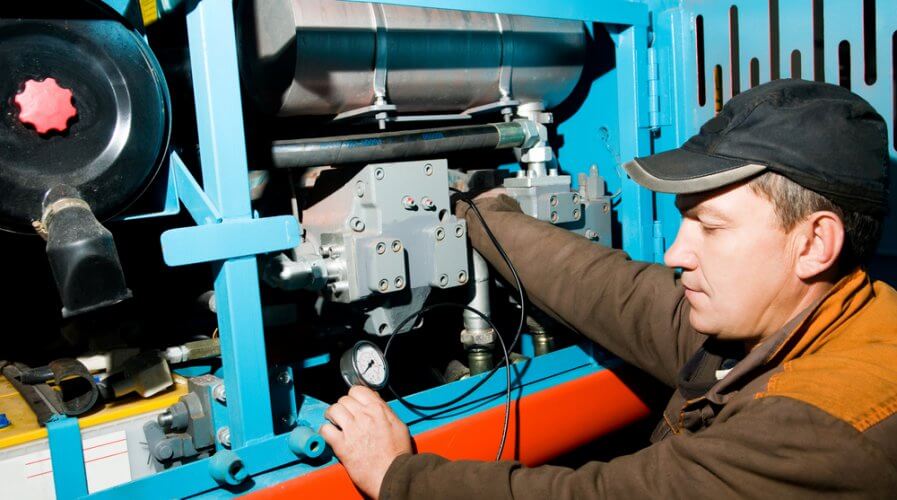
Organizations need to think about upskilling their robots. Source: Shutterstock
Why companies need to think about upskilling their robots in 2020
ROBOTS — both software and machines — are already doing much of the heavy lifting inside the office, in the factories, and even in the supply chain.
Over the past 18 months, Tech Wire Asia has written about ICICI Bank’s 750-plus robotic process automation (RPA) deployment, the increasing use of robots in Thailand and China, as well as the growth potential of these robots.
However, with companies becoming more reliant on the workforces that this technology makes up, should they think about upskilling their robots in 2020? Of course, they should.
Before we begin, the most important thing to make clear is the fact that there’s a difference between upgrading and upskilling a robot-driven workforce.
While upgrading usually refers to things such as using new firmware and replacing old parts with more sophisticated parts, upskilling refers to adding the ability to perform new tasks by broadening the scope of work.
By upskilling robots, a company can get more out of its investment in the automation program — delivering better returns on the project overall.
Further, upskilling robots can help the business see the value of new-age technologies which can be improved over time, unlike previous generations, where it was nearly impossible to teach new tricks to robots be it hardware-driven or software-powered.
In order to get started with upskilling a robot, a company needs to bring business managers, staff, and technical professionals together to identify new tasks that can be automated using existing software or hardware robots.
Teams could also look for tasks that come before or after existing tasks to see if new skills can be taught to the robots so they can take over those functions as well.
Either way, upskilling a robot workforce is easier and quicker than upskilling a human workforce because retention is always 100 percent.
Before embarking on upskilling programs, however, companies need to take two things into account — first, whether the robot workforce is delivering on expectations with existing tasks, and second, can the robot workforce continue to deliver efficiently on existing tasks despite the added workload.
If the response to both the above questions is yes, companies should definitely start thinking about upskilling its robot workforce in 2020. The benefits, as outlined above, are significant and can immensely help companies stay relevant and competitive in the market.
READ MORE
- Why businesses using machine learning should not ignore “concept drift”
- New Year 2020 promises accelerated growth for e-commerce in Asia
- Can setting up digital banks help Malaysia achieve growth in 2020?
- Millennial parents and silver-haired to spend more on e-commerce in China
- Last chance: Identify pain points in your CX or bleed customers in 2020


